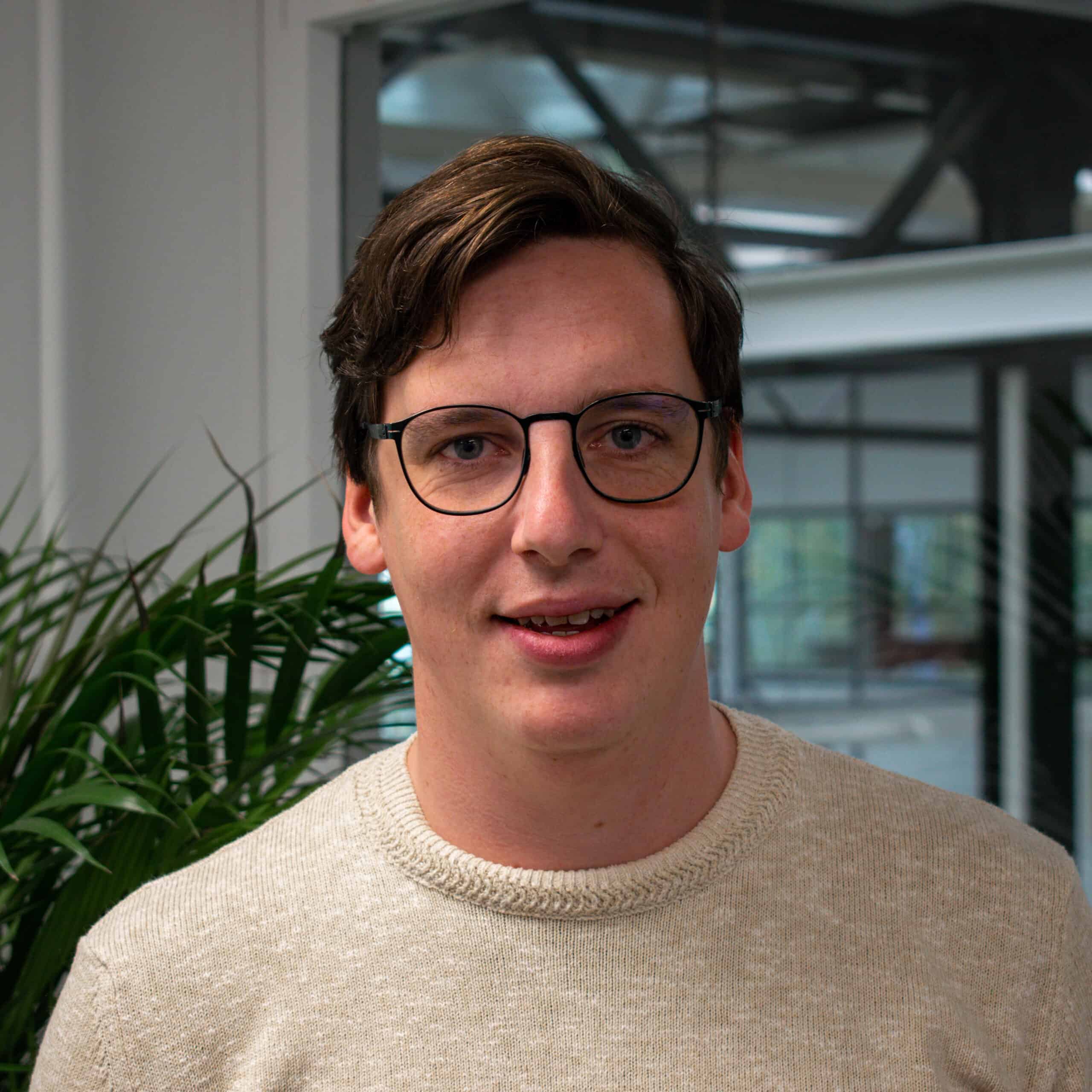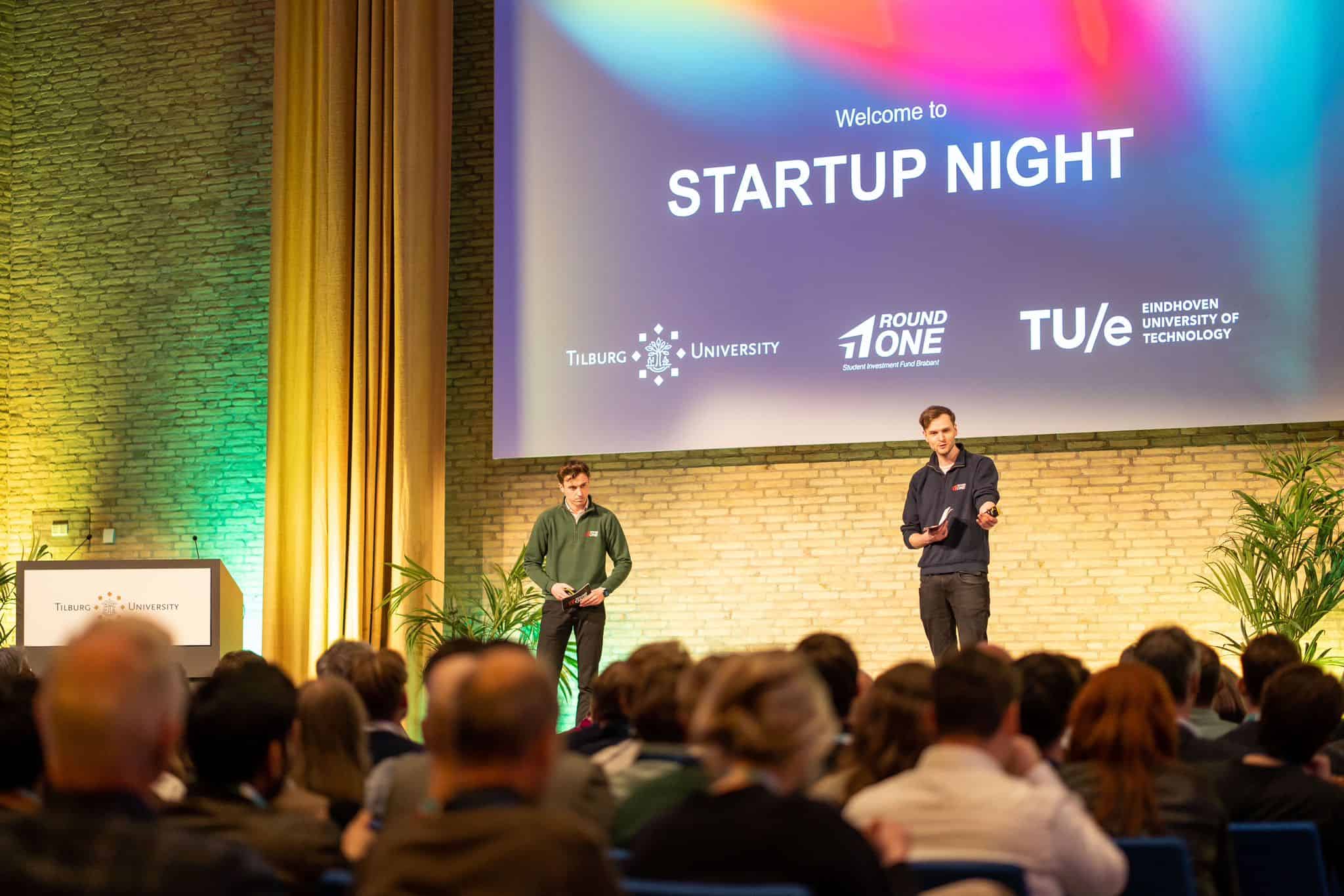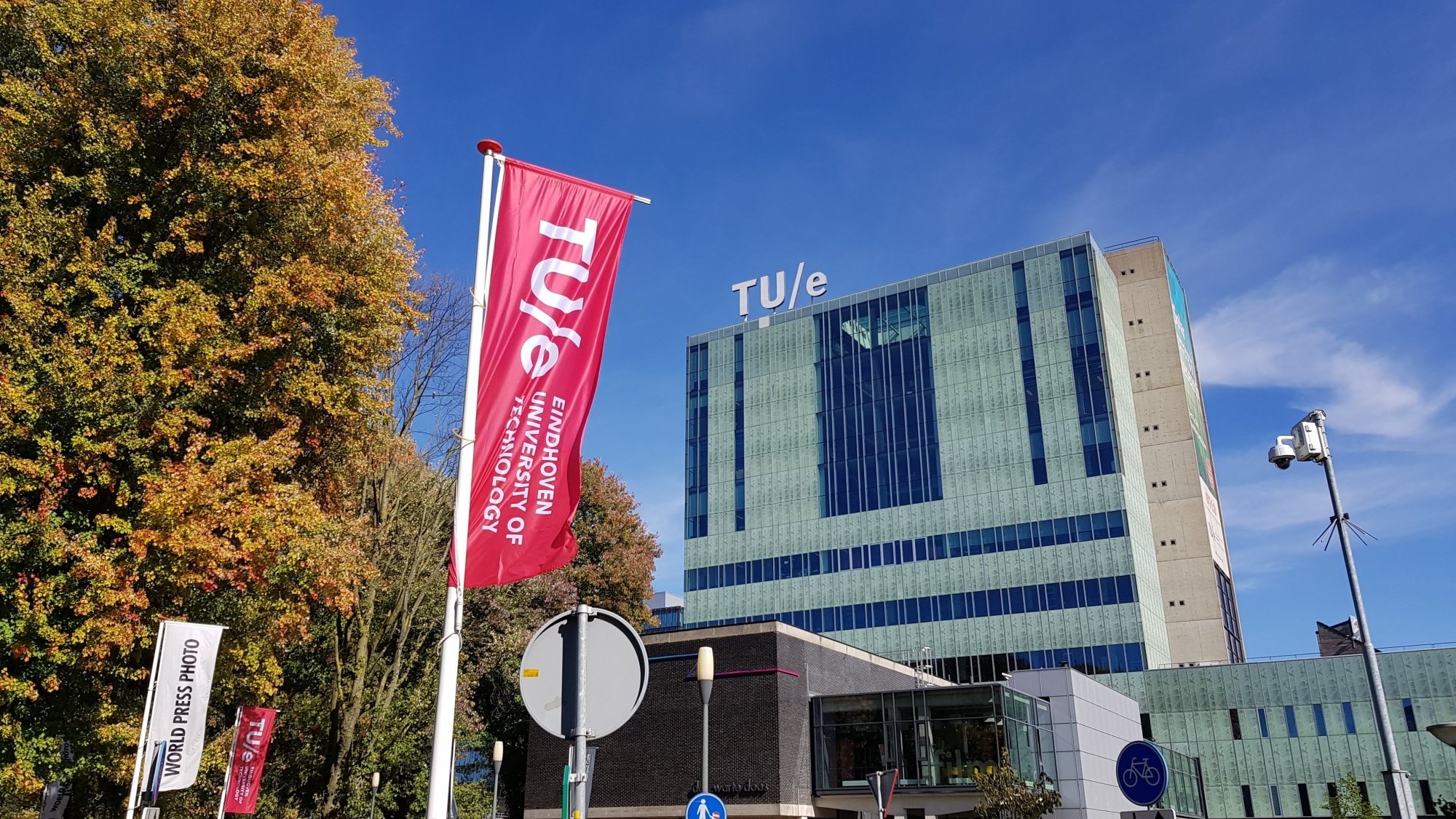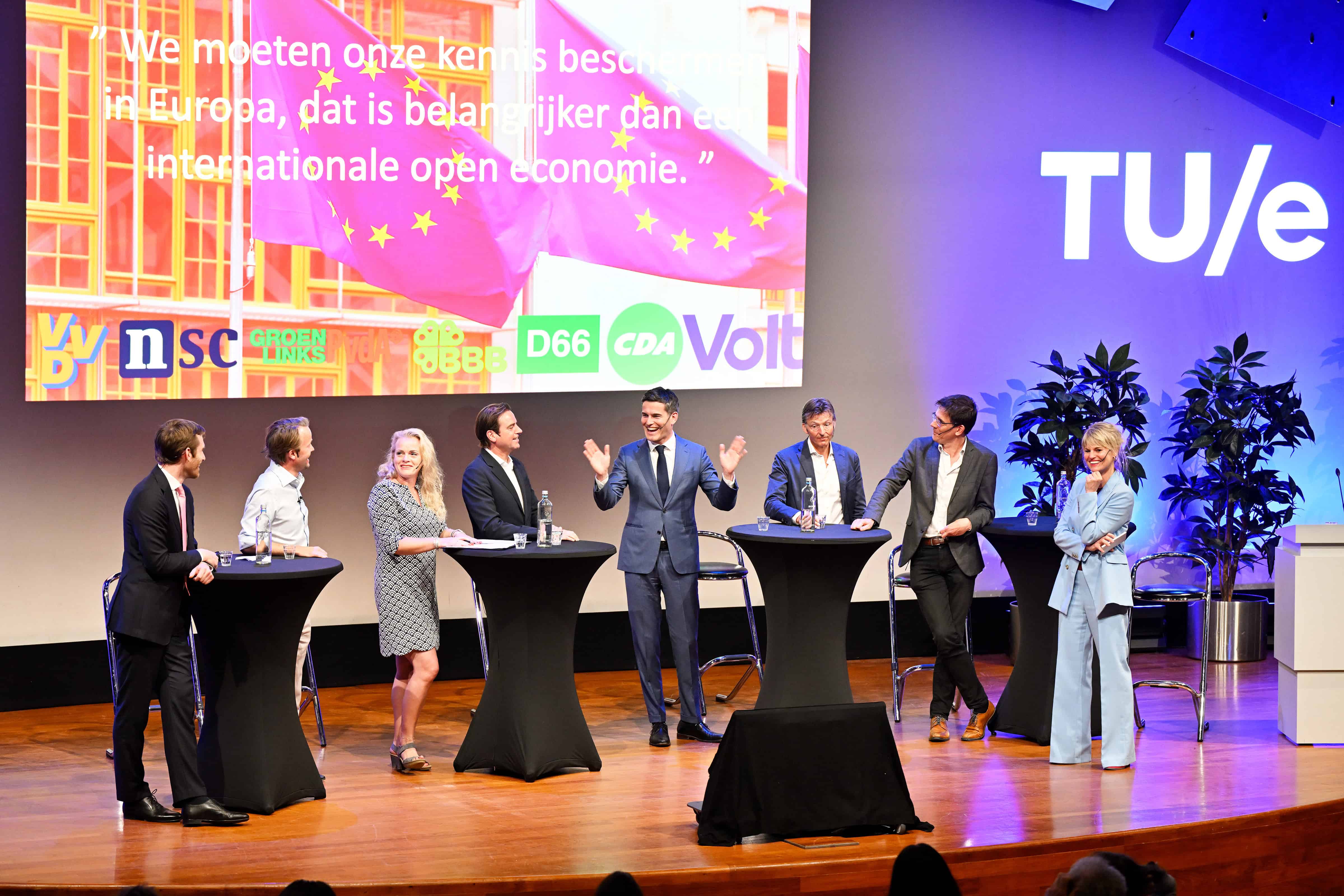
In the previous article, we described what the TU/e adds to Eindhoven. One of the things that struck us about this is that the university works a lot with other parties in order to strengthen the ecosystem of Brainport Eindhoven. The university does this not only with large parties such as ASML and Philips but also with small and medium-sized enterprises. In order to strengthen links with SMEs and make it easier for them to go to university as entrepreneurs, several projects have been launched to share knowledge and stimulate partnerships. Robert Al, Head of Business Development at TU/e Innovation Lab, talks more about these projects.
Read all the articles in the series here
De Vragenbank
“We have a project called SURE Innovation, which can be compared to a kind of temporary employment agency for students, in which the student is given a study related job in the business world. If an SME runs into something, they can come to us to hire students to solve their innovation problem. In this way, they can also directly fall back on the professor who is involved in the background, the many facilities and the broad knowledge network of the university. For SMEs in particular, going to university to get help is usually a bridge too far. SURE Innovation is a way for us to involve SMEs in universities in an accessible way.” But for the TU/e, this is not enough. In order to make it even easier for SMEs to come to the university, De Vragenbank (The Question Bank) was set up. Entrepreneurs and companies that have a question can ask De Vragenbank completely free of charge. Then two students pick up the question, and within two days there is the first answer. On the basis of the answer, an assignment can then be made, after which SURE Innovation will take over. “We successfully tested the model last year with an employers’ organisation and its members. After modifying a number of things, we are now ready to scale to other sectors. Our students are ready for it. Entrepreneurs can go to the university without any embarrassment and are guaranteed good answers from talents of the future, based on the latest techniques and science. In the pilot phase, this has already yielded good successes and follow-up projects.”
Health Tech Yard
The Health Tech Yard project is a collaboration of the TU/e with, among others, the GGzE and Smarter Life 2020. The aim of this project is to improve and stimulate co-operation between entrepreneurs who are working in the field of technical health care. “We focus on entrepreneurs, whether they are students, researchers or SMEs, whether they are making an app or a smart walking stick.”
Entrepreneurs can encounter all kinds of problems when working on technical projects, and the university would like to help with this. “Entrepreneurs need the right parties to work with. The Health Tech Yard is truly a matchmaking project, where we share knowledge and expertise with each other.” An example of this is the TU/e start-up JimFit. JimFit makes a clever knee brace with grazing sensors that measures whether your physical therapist’s exercises are performed correctly. “This start-up needs a target group on which they can test the product. The target group is people who suffer from their knees. The GGzE and Slimmer Leven 2020 have a network of parties that are in contact with this target group. Tests are carried out in the shortest possible time. We are doing this project because we consider the expertise of other parties to be important for our students. But it is also give and take, we know that there are other parties who need to work together with students or researchers. That is something we can offer. The only condition is that you enter into a collaboration and not set to work as a solo artist. In this way, as an entrepreneur, you are forced to leave your own domain and not do everything yourself.”
The project was started a year and a half ago and is already going very well, according to Al, it has helped several parties. “An example of this is a blind student from the Design Academy, who had devised a device that would enable him to recognise the emotions of other people. He is now working with TU/e students to develop this further. That is exactly what we want to achieve with this project.”
Atlas
Another project the university is currently working on is Atlas. The new main building of the TU/e is intended to be the most sustainable educational building in the world. But next to an educational building, Atlas will also be a living lab. “That means that we follow the building with all kinds of technical gadgets, varying from the special glazing on the outside to the smart lighting inside the building.” This makes the university’s new main building a place where a huge amount of data is collected, “we are also opening it up to third parties. We have an objective to adopt a number of sustainability innovations in this project. We recently had a student working on a new kind of indoor positioning system. We can only assume that he will be able to test that system on a large scale in Atlas. By opening the building to such initiatives, students, as well as entrepreneurs from outside the university, can generate a burden of proof for the operation of their product.” According to Al, it is a unique opportunity for entrepreneurs to be able to test products or ideas on such a large scale.
All focused on the ecosystem
These projects are all about working together and strengthening the ecosystem of Brainport Eindhoven, by introducing different parties to each other and providing them with academic knowledge. The aim of the university in these projects is simple according to Al: “We as TU/e want to be an essential part of the ecosystem because we are there for each other. And TU/e Innovation Lab is the link between science and business.”








